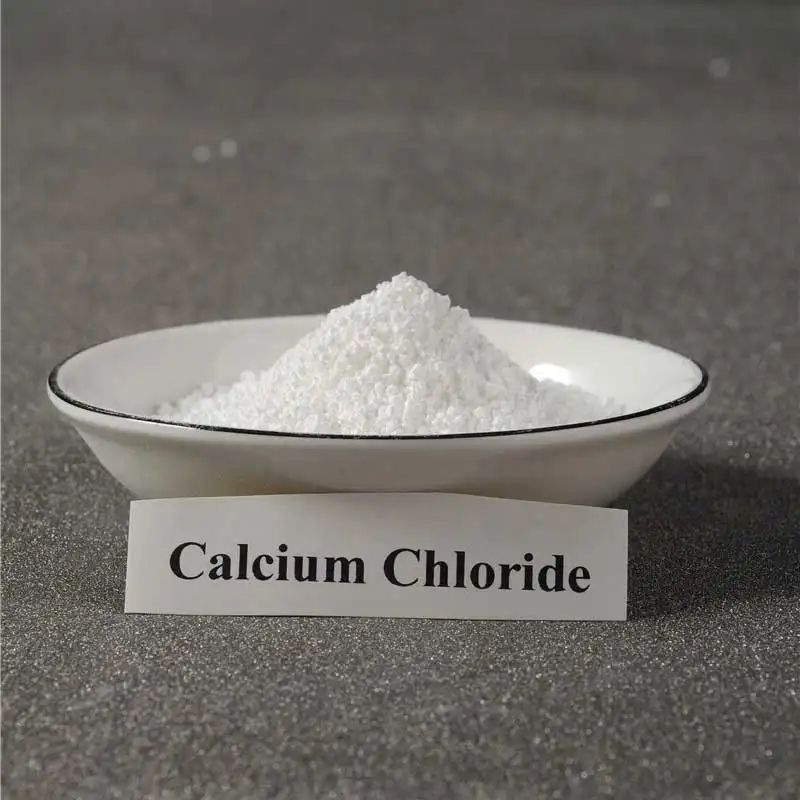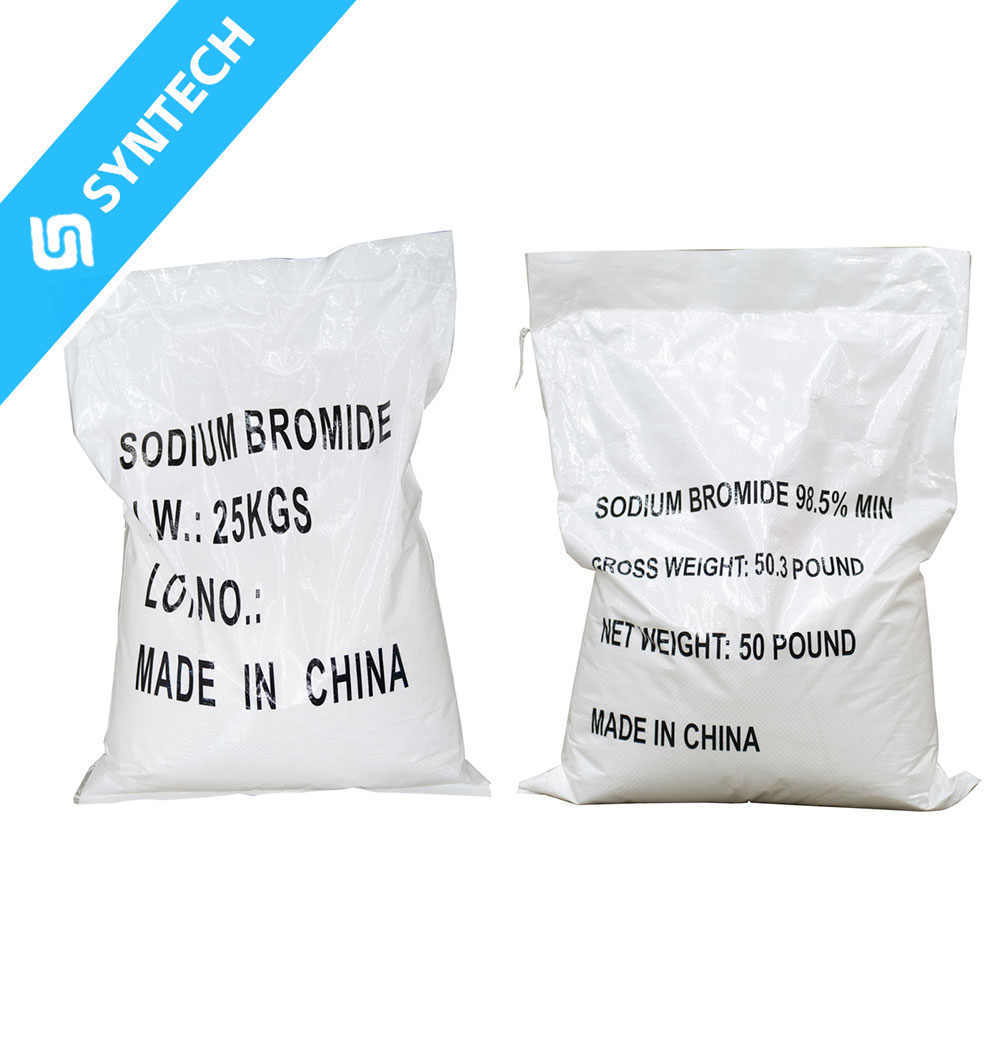Sodium methallyl sulfonate (CAS: 1561-92-8) is a crucial additive in acrylic fiber (polyacrylonitrile fiber) production, primarily used as a third monomer to enhance fiber properties. Below are its specific applications and mechanisms in acrylic fiber manufacturing:
1. Role as a Third Monomer in Fiber Modification
In the polymerization process of acrylic fibers, acrylonitrile (AN) is typically used as the first monomer, with small amounts of a second monomer (e.g., methyl acrylate, methyl methacrylate) added to improve flexibility. Sodium methallyl sulfonate, as the third monomer, plays the following key roles:
- Enhanced Dyeability:
- The sulfonate group (-SO₃Na) is hydrophilic, improving the fiber’s affinity for dyes and ensuring more vibrant, uniform coloration.
- Particularly effective for cationic dyes (commonly used for acrylic fibers), as the electrostatic interaction between sulfonate groups and dye molecules enhances color fastness.
- Improved Heat Resistance:
- The introduction of sulfonate groups increases the stability of polymer chains, reducing thermal degradation during high-temperature processing.
- Optimized Fiber Strength and Flexibility:
- By modifying the polymer structure, sodium methallyl sulfonate enhances mechanical properties, reducing brittleness.
2. Key Functions in Production Processes
- Addition During Polymerization:
- In the copolymerization of acrylonitrile, sodium methallyl sulfonate is mixed with other monomers (e.g., acrylonitrile, methyl acrylate) at a ratio of 1%–3% of total monomers, forming a terpolymer via free-radical polymerization.
- The sulfonate groups impart a negative charge to the polymer chains, improving the rheological properties of the spinning solution.
- Spinning Adaptability:
- The modified polymer can be spun via wet or dry methods, with sulfonate groups helping to regulate solution viscosity and solidification rates.
3. Impact on Final Fiber Properties
Acrylic fibers incorporating sodium methallyl sulfonate exhibit the following advantages:
- Superior Dyeability: Ideal for high-end textiles requiring excellent color fastness (e.g., apparel, home furnishings).
- Enhanced Wash and Light Resistance: Sulfonate groups improve structural stability, slowing dye fading.
- Reduced Static Buildup: Hydrophilic groups minimize static electricity, enhancing wearer comfort.
4. Market Applications
- Premium Acrylic Products: Wool-like fabrics, flame-retardant fibers, outdoor sportswear.
- Industrial Uses: Filter materials, carbon fiber precursors (requiring high heat resistance).
5. Key Considerations
- Dosage Control: Excessive amounts may cause over-crosslinking, affecting spinnability.
- Process Compatibility: The third monomer ratio must be adjusted based on spinning methods (wet/dry).
Sodium methallyl sulfonate significantly enhances the functionality and market competitiveness of acrylic fibers, making it an indispensable modifier in the chemical fiber industry.






